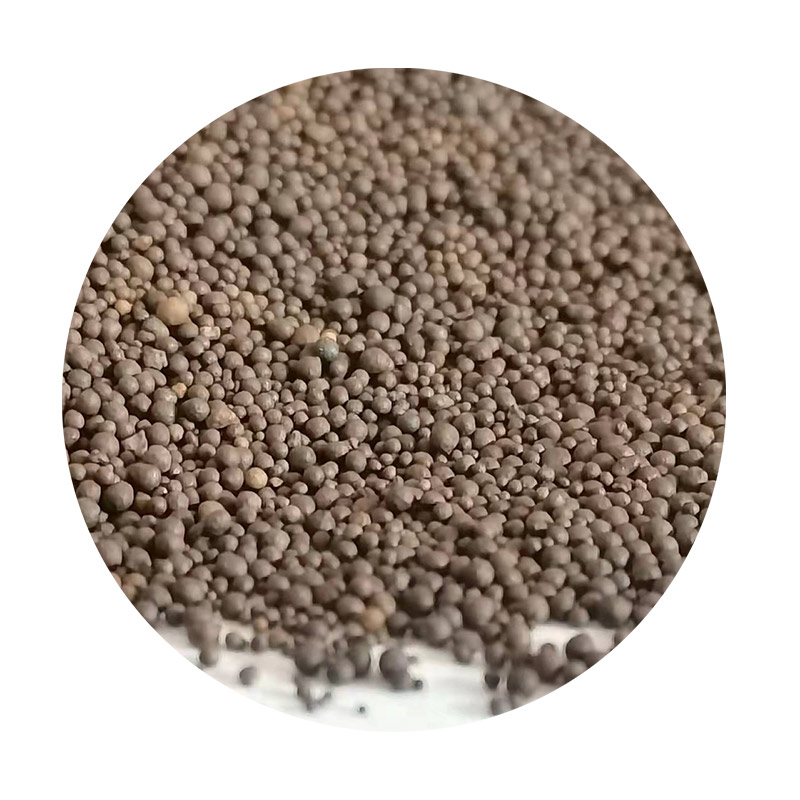The Innovation of 3D Printed Sand Casting A Revolution in Manufacturing
In recent years, the manufacturing industry has witnessed transformative advancements driven by technology, and one of the most remarkable innovations is the integration of 3D printing in sand casting. This technique merges the traditional method of sand casting with the precision and efficiency of additive manufacturing. As engineers and manufacturers explore this cutting-edge combination, it is clear that 3D printed sand casting is paving the way for a new era in production and design.
Understanding Sand Casting
Sand casting is one of the oldest known metal-forming techniques. In this process, a mold is created by packing sand around a pattern of the desired shape. Once the mold is formed, molten metal is poured into the cavity to create the final product. While sand casting has been highly effective for producing complex shapes and large components, it does come with its challenges. Traditional methods can be time-consuming, require extensive labor, and involve significant waste of materials.
The Advent of 3D Printing
The emergence of 3D printing technology has opened up new avenues for various industries. By building objects layer by layer from a digital model, 3D printing allows for unparalleled design flexibility and rapid prototyping. Various materials, including plastics, metals, and ceramics, can be used, which has provided significant advantages in many fields.
Combining 3D Printing with Sand Casting
The synergy of 3D printing and sand casting has taken the manufacturing process to new heights. In the context of sand casting, 3D printing can be utilized to create highly accurate molds from sand-like materials. This process involves printing a mold directly from a digital file, significantly reducing the time required to design and produce molds for casting.
One of the key advantages of 3D printed sand molds is their ability to produce complex geometries that would be challenging or impossible to achieve through traditional molding techniques. Designers can push the boundaries of creativity without the constraints commonly associated with conventional casting methods. The ability to create intricate internal channels, fine details, and complex shapes is revolutionizing product designs, particularly in industries such as aerospace, automotive, and artistic sculpture.
Benefits of 3D Printed Sand Casting
3d printed sand casting

1. Reduced Lead Time Traditional sand casting processes can take days or even weeks to create molds. 3D printing dramatically shortens this timeline, allowing manufacturers to design, print, and cast parts in a matter of hours, which is crucial in meeting tight production schedules.
2. Cost Efficiency Reducing the number of materials and labor required for mold-making lowers overall production costs. Moreover, the ability to produce molds on-demand minimizes the need for extensive inventory and storage spaces.
3. Enhanced Precision 3D printed molds provide exceptional accuracy, which translates into high-quality castings. This precision helps reduce post-processing work and enhances the performance and durability of the final products.
4. Sustainability The waste associated with traditional casting methods is significantly reduced with 3D printing. Sand molds can be recycled after use, minimizing environmental impact and promoting sustainable manufacturing practices.
Challenges and Future Prospects
Despite its advantages, the integration of 3D printing in sand casting does face some hurdles. Issues such as material limitations, surface finish quality, and the need for skilled technicians to operate advanced machinery can pose challenges. However, ongoing research and development are addressing these concerns, paving the way for broader adoption.
As technology continues to evolve, the future prospects of 3D printed sand casting appear promising. With the potential for innovation in design and significant cost savings, this method is likely to become a cornerstone of modern manufacturing. The ability to create bespoke components tailored to specific needs will not only enhance productivity but also open doors to a new level of customization in manufacturing.
Conclusion
3D printed sand casting stands at the intersection of tradition and innovation. By combining the reliability of sand casting with the versatility of 3D printing, this method is revolutionizing how products are designed and manufactured. As industries continue to embrace this technology, we can anticipate a future where creativity, efficiency, and sustainability coexist harmoniously in the manufacturing landscape.
Post time:डिसेंबर . 17, 2024 19:38
Next:lost foam casting method
